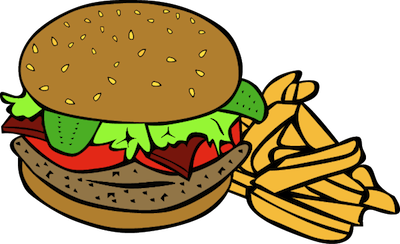Sculpture in Gardens
18/08/11 12:02 Filed in: art
Pedagogy
The expression of a person’s ecological literacy reinforces and supports their development in a local environment. Art can act as an extremely powerful tool for young people to explore their creativity and integrate their knowledge among different disciplines which helps develop their worldview and belief systems. Young people that are encouraged to take risks outside of their normal comfort zone in their surroundings are able to act on their new knowledge in profound and useful ways, like restore damaged ecosystems, limit environmental degradation, and create beautiful art. This knowledge and action translates into transformative experiences, which allow the student to develop, or at the very least expand, their worldview to include the environment (Stanger, 2007).
Pedagogy Question: What supportive structures might we design in a curriculum that help students learn about ecology through expressive and artistic means?
Garden Sculptures (you can do this here and now!)

Nature sculptures in gardens can be functional and fun and can also be as much about the process as it is about the end product. Find materials that will be easy to work with and that you feel comfortable with (eg. rose stems are ouchy).
Consider your garden environment. What would be enhanced by sculptural elements? Many plants need climbing walls, nets, or poles. Is there a way to enhance the structural elements of your garden? Do the peas need a crazy shaped net? Could you build a spiral garden mound for your pumpkins?
Take some time to consider your materials as well. Can you find the materials you need to build the sculpture from the garden itself? Are there pruned branches that you could use? Or could you grow other plants (corn) as part of your wall? The first few efforts you make might just be the beginning of your process. You might not get to finish the sculpture today but maybe you can come back and work on it later, or start again somewhere else. After 20 minutes to 45 minutes, make a record of your sculpture (eg. photo, quick sketch or video clip).
Activity Question: What did it feel like building this sculpture? What were you thinking about?
blog comments powered by Disqus
